Reading Labels
In this post, we are going to explore reading labels.
Why?, I hear you ask.
Because although I believe we have the right to trust that anything that is available to us has been tested and determined to be safe, the reality is that for many reasons, this is not always the case.
The personal care industry is self-regulated, cleaning products don’t require labelling, medicines list “active ingredients” and excipients (but that may not be everything), and foods are required to list all ingredients, but inadvertent ones are missing (eg phthalates leached from plastic packaging). Trade secrecy also allows manufacturers to not have to list the ingredients in a fragrance – and this can be up to hundreds of ingredients!
My goal here is to provide you with some skills in interpreting the information so that you can make an informed choice.
Reading Labels – Food
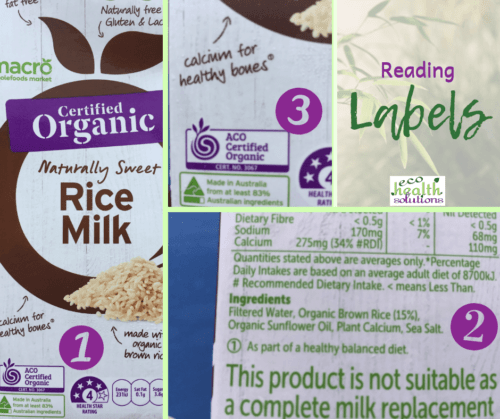
The reading labels journey starts with this packet of rice milk.
Please note: I am not denigrating a brand, just using this as an example.
Here are some things I wanted to point out –
1. The Lactose & Gluten-Free claim – TRUE – but not necessary
Lactose is a sugar found in dairy milk – so “naturally” free from it makes sense.
Gluten is not normally in rice-based products, unless there is a cross-contamination issue.
(An easy way to remember gluten-containing food, thanks to Coeliac Australia, is BROW – barley, rye, oats and wheat.)
2. “Made form at least 83% Australian Ingredients”
#mustknow label reading: ingredients are always listed in descending order. This means that the first on the list is present in the highest amount, and the last on the list is present in the smallest amount.
So, when the second ingredient is sitting at 15%, you know there is quite a bit of water; and that there is equal to or less than 15% of the oil, calcium and salt. I am hazarding a guess here, but that 83% Australian ingredients may in fact be WATER, or at least a large amount of the Australian ingredients is water!
Reading Labels – Personal Care Products
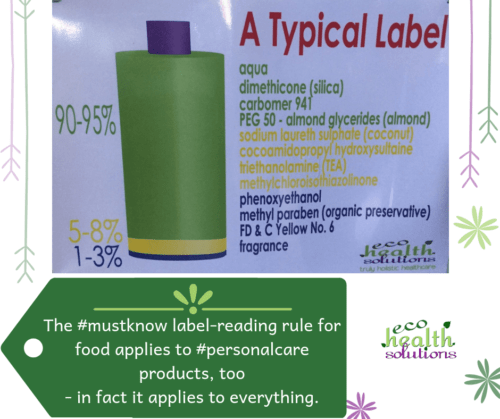
The #mustknow reading labels rule for food also applies to #personalcare products. In fact it applies to everything.
Expanding this understanding, we will break any ingredients list into thirds.
The first third make up 90-95% of the total ingredients, the second third 5-8% and the final third make up a teensy 1-3% of the total.
This image is of a poster I often use when teaching people this very concept.
This is how some products have 95% certified organic ingredients, but still contain chemicals. Many of the chemicals added (especially fragrances, preservatives, etc) only need to be present in minute quantities.
Once you have your list, either get the Chemical Maze App.
This is one of my favourite resources as it is great for additives in food AND ingredients in personal care and cleaning products, and #bonus was developed by fellow Australian Bill Statham (SOOOO nice to have a locally created mega-useful resource!).
Another great alternative is the Environmental Working Group’s Skindeep database where you can check out each ingredient.
Reading Labels – Cleaning Products
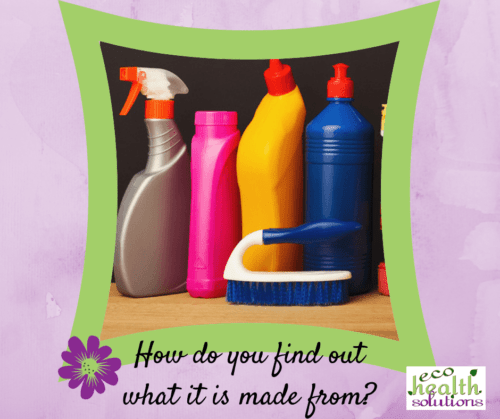
Most cleaning products don’t have an ingredients list because they are not required to.
So how do you find out what it is made from?
You need to get your hands on a MSDS or SDS – a Material Safety Data Sheet or a Safety Data Sheet.
Simply do an internet search for the brand, product and MSDS, or contact the manufacturer and ask for one.
Once you have the list, you go off to your Chemical Maze App (this is good for food, personal care and cleaning products) and search away.
There is a lot to reading labels – but this should get you started.
If you would like to chat about it, please join our social media groups and join in the conversation.
#readinglabels #food #personalcare #cleaning

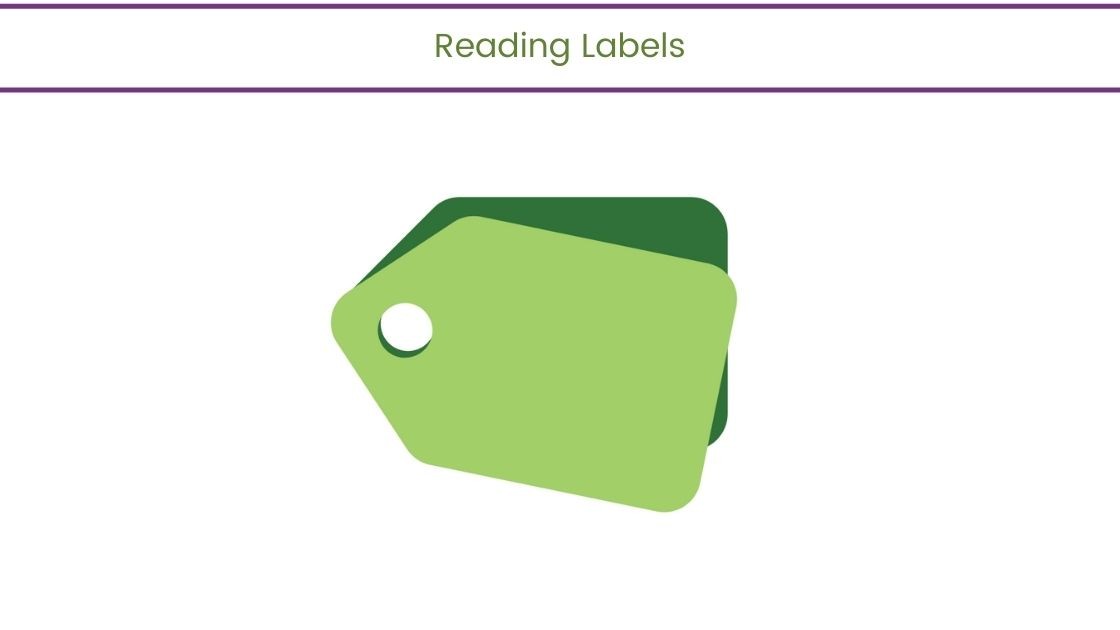
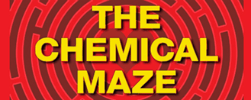

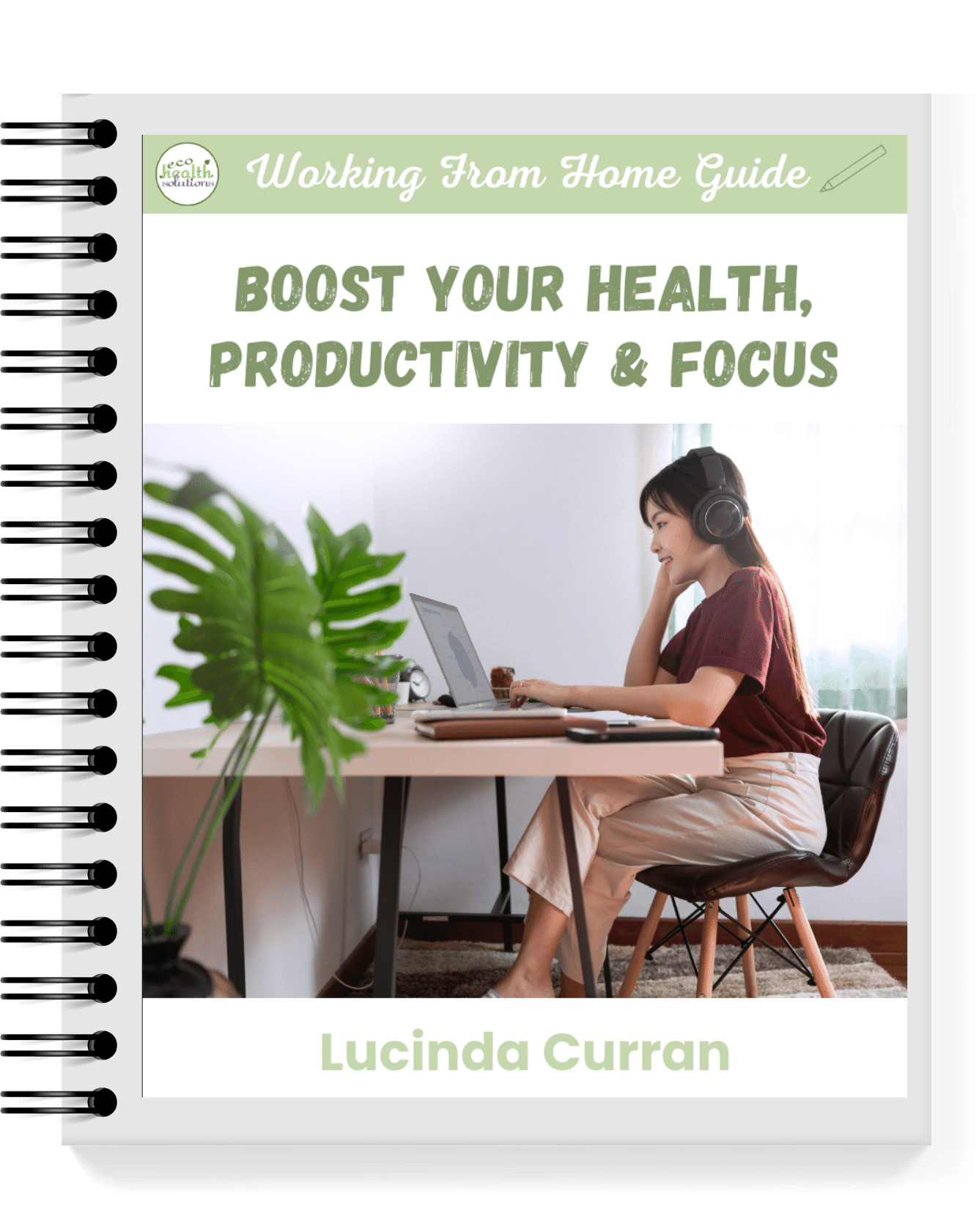
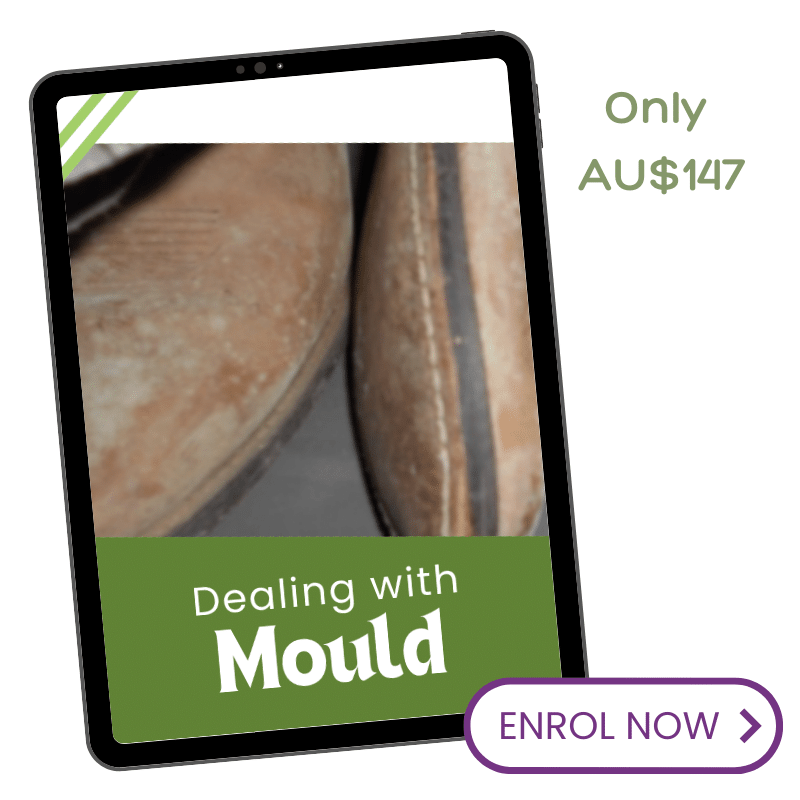
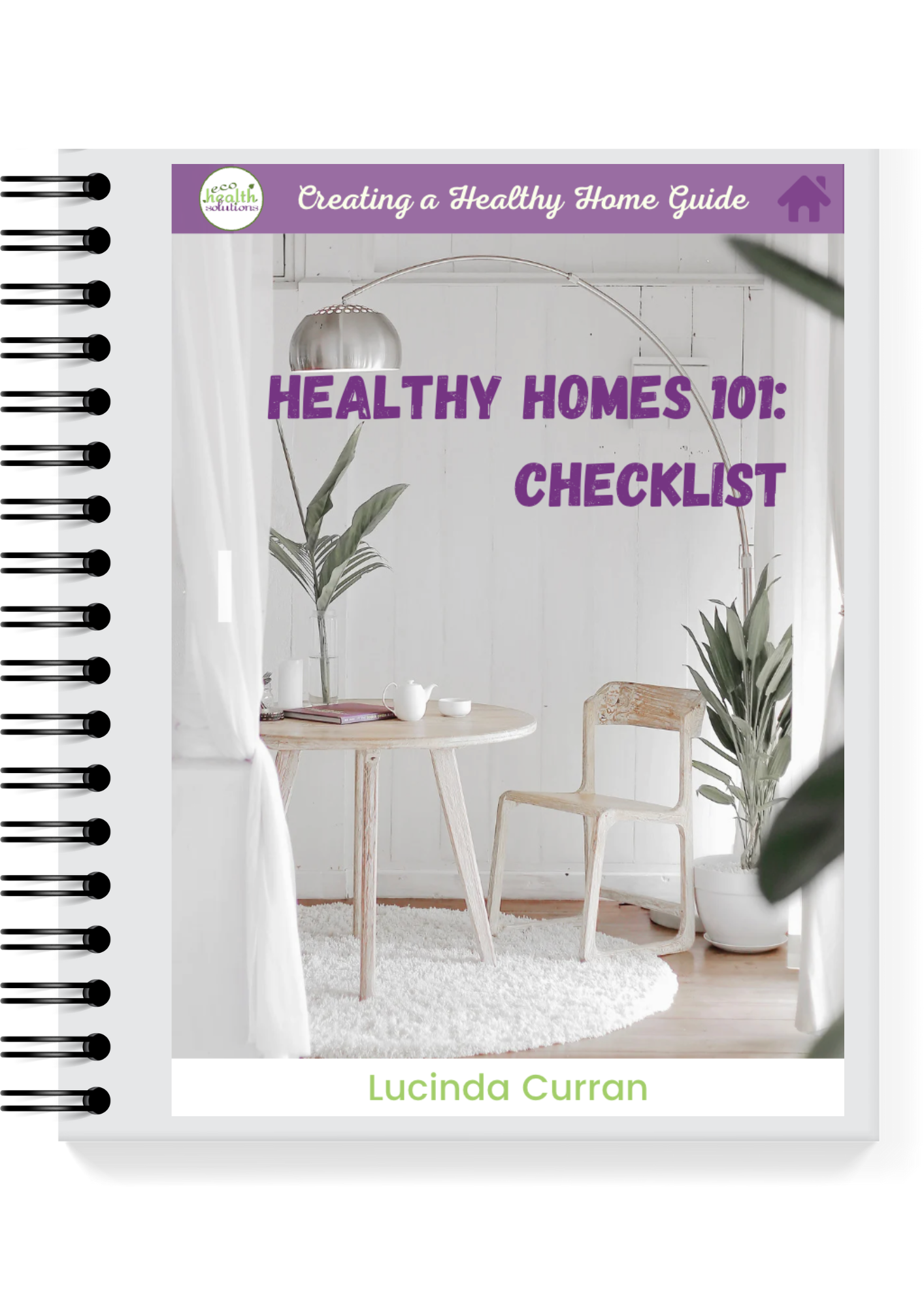

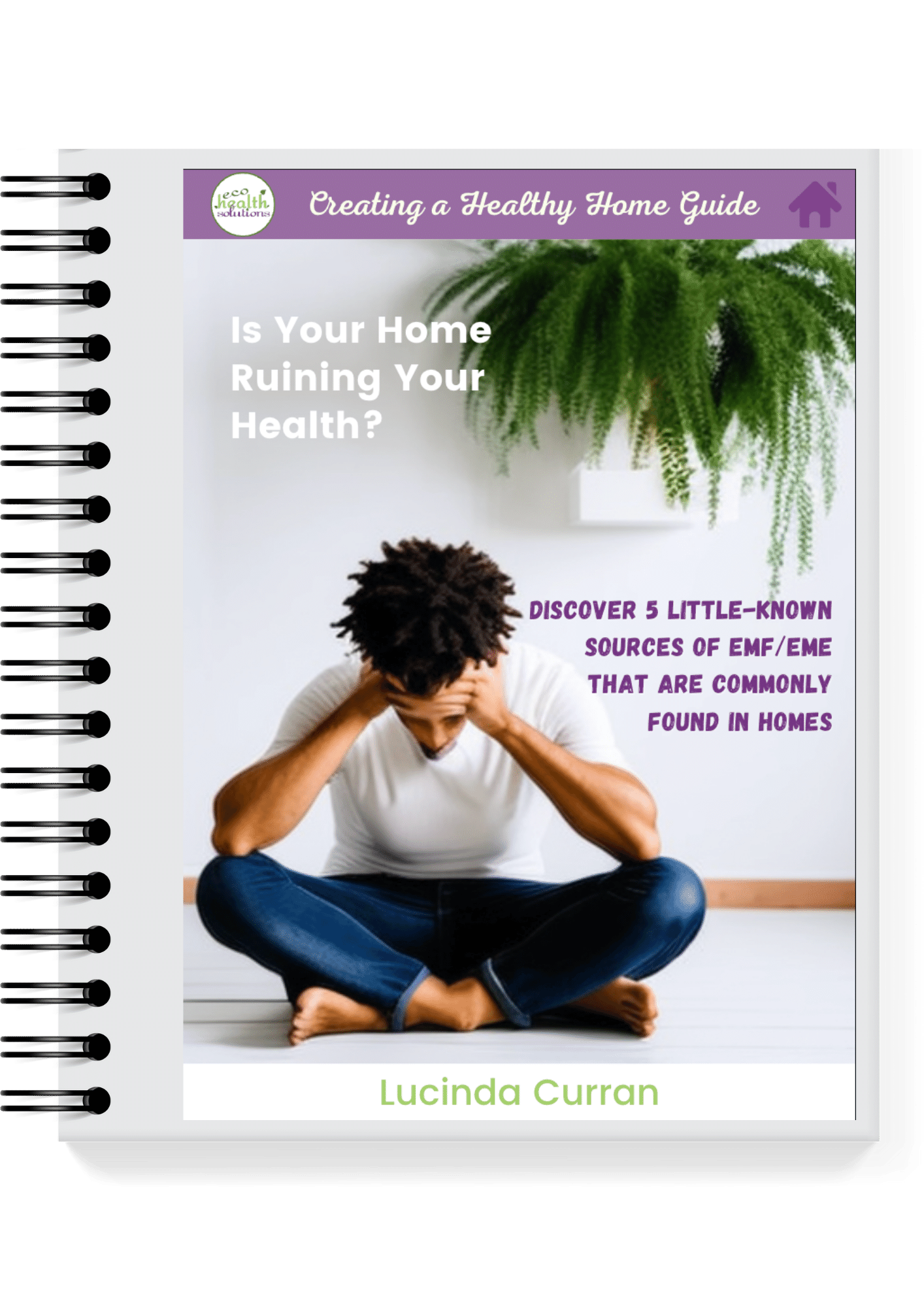
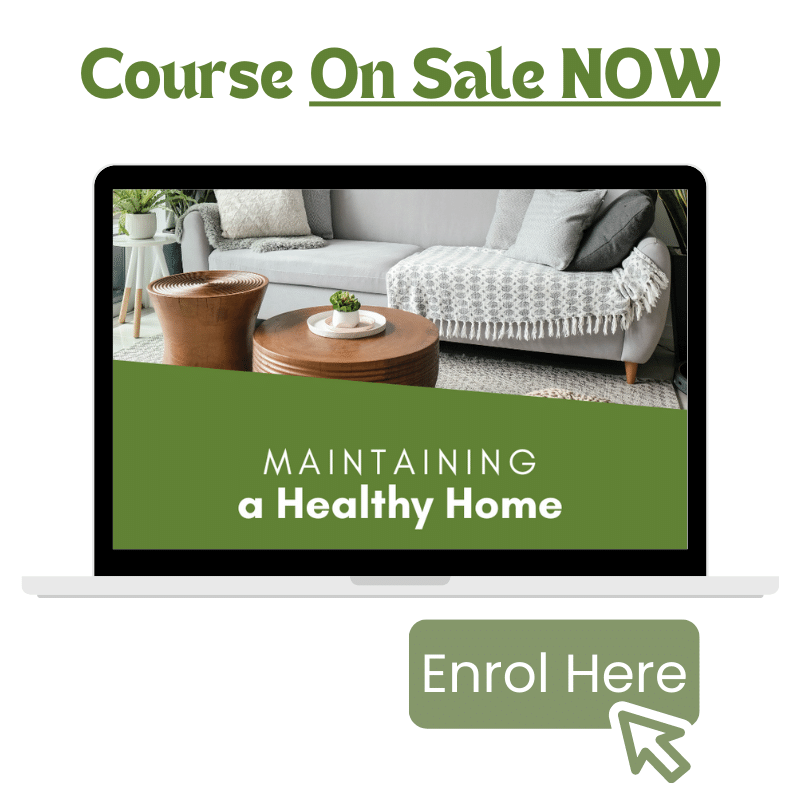
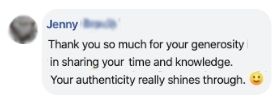
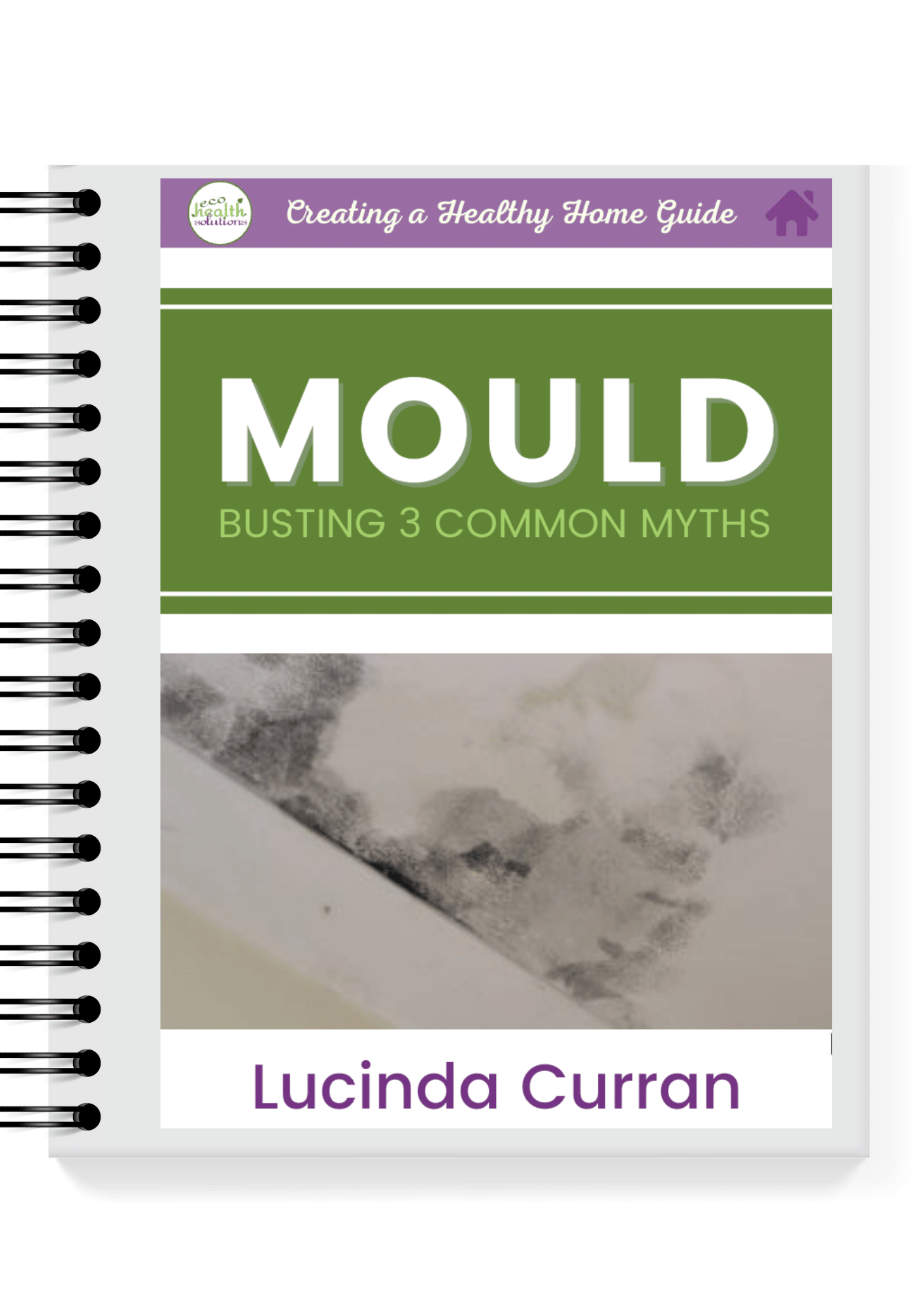
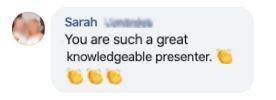
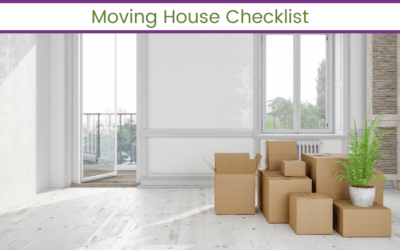
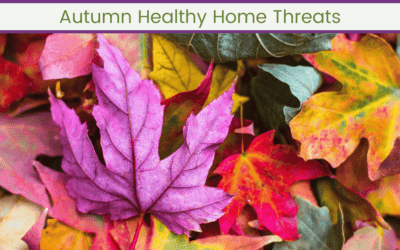
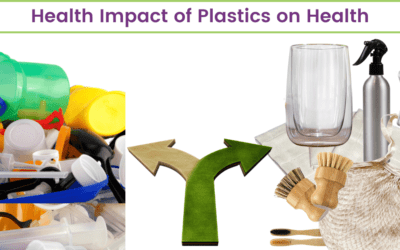
0 Comments